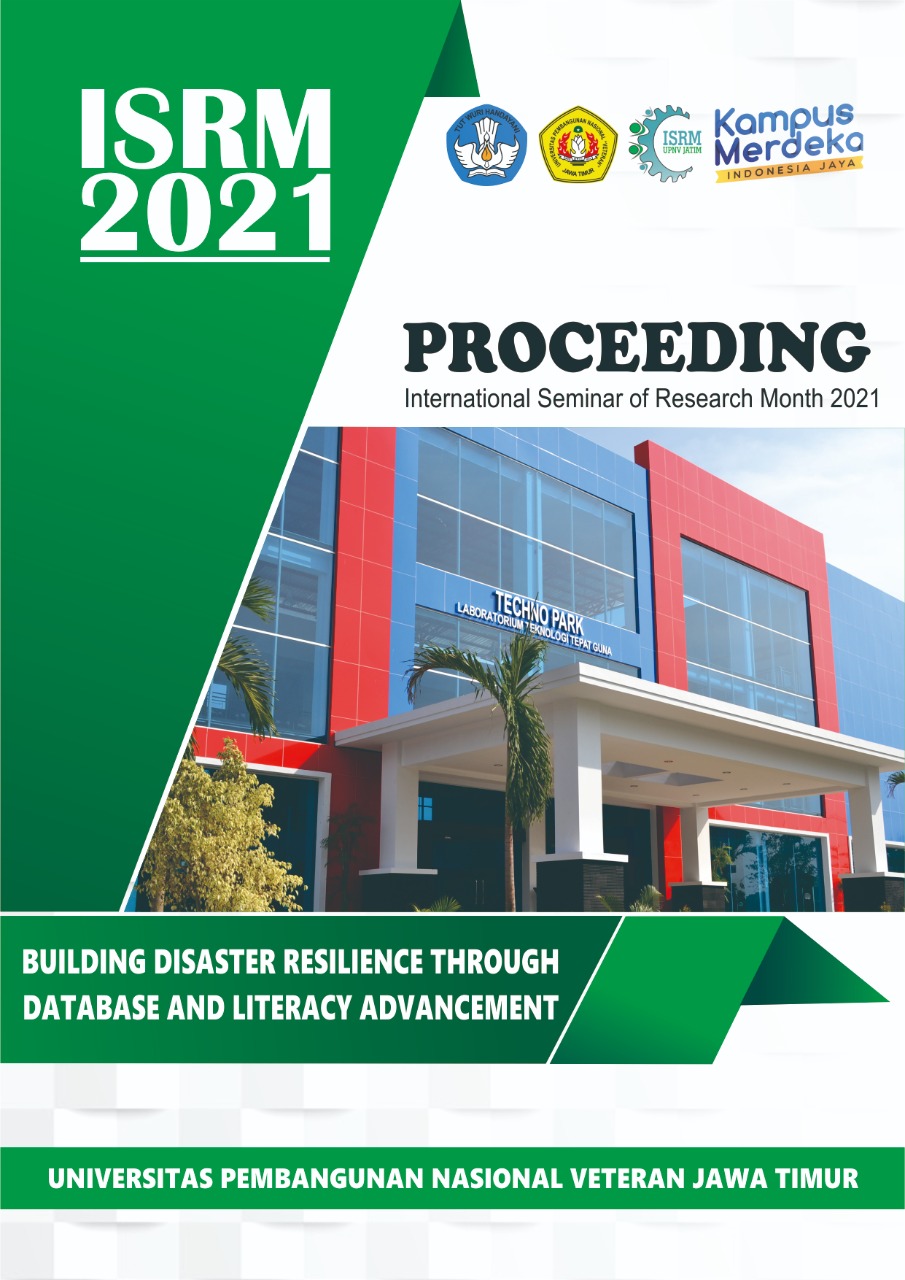Estimation of Bearing Capacity of Pile with Variation of Shape on Cohesive Soil Based on the Result of CPT Test (Study Case: Gunung Anyar District)
DOI:
https://doi.org/10.11594/nstp.2022.2458Keywords:
Bearing capacity, CPT, cohesive soilAbstract
The bearing capacity of soil provides the most important output for soil investigation. Bearing capacity becomes a reference in designing the substructure of the structure. Therefore, it is necessary to have a capable bearing capacity analyzed by varying the shape of the foundation to provide a clear description of the highest bearing capacity of all the variations presented. In this study, a soil investigation was carried out by using the Cone Penetration Test from several distribution locations in Gunung Anyar District Area, where it is well known as cohesive soil which has a lower bearing capacity compared to non-cohesive soil. Based on this analysis, it shows that the pile foundation using a square cross-section will provide a greater value for the pile bearing capacity. Increasing the dimensions of the cross-sectional shape, it will provide a greater value for the carrying capacity of the pile as well. This is evidenced at a depth of 16.4 m, for a square cross-sectional dimension of 0.4 m it gives a value of 80.49 tons, while for a cross-sectional dimension of 0.6 m it gives a value of 164.736 tons.
Downloads
Downloads
Published
Conference Proceedings Volume
Section
License
Copyright (c) 2022 Dian Purnamawati Solin , Fithri Estikhamah

This work is licensed under a Creative Commons Attribution 4.0 International License.
Authors who publish with this proceedings agree to the following terms:
Authors retain copyright and grant the Nusantara Science and Technology Proceedings right of first publication with the work simultaneously licensed under a Creative Commons Attribution License that allows others to share the work with an acknowledgement of the work's authorship and initial publication in this proceeding.
Authors are able to enter into separate, additional contractual arrangements for the non-exclusive distribution of the proceedings published version of the work (e.g., post it to an institutional repository or publish it in a book), with an acknowledgement of its initial publication in this proceeding.
Authors are permitted and encouraged to post their work online (e.g., in institutional repositories or on their website) prior to and during the submission process, as it can lead to productive exchanges, as well as earlier and greater citation of published work (See the Effect of Open Access).














